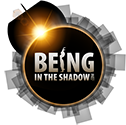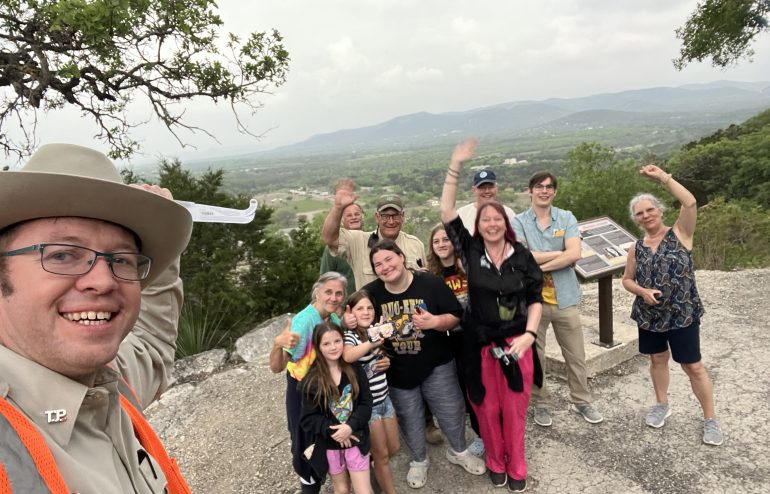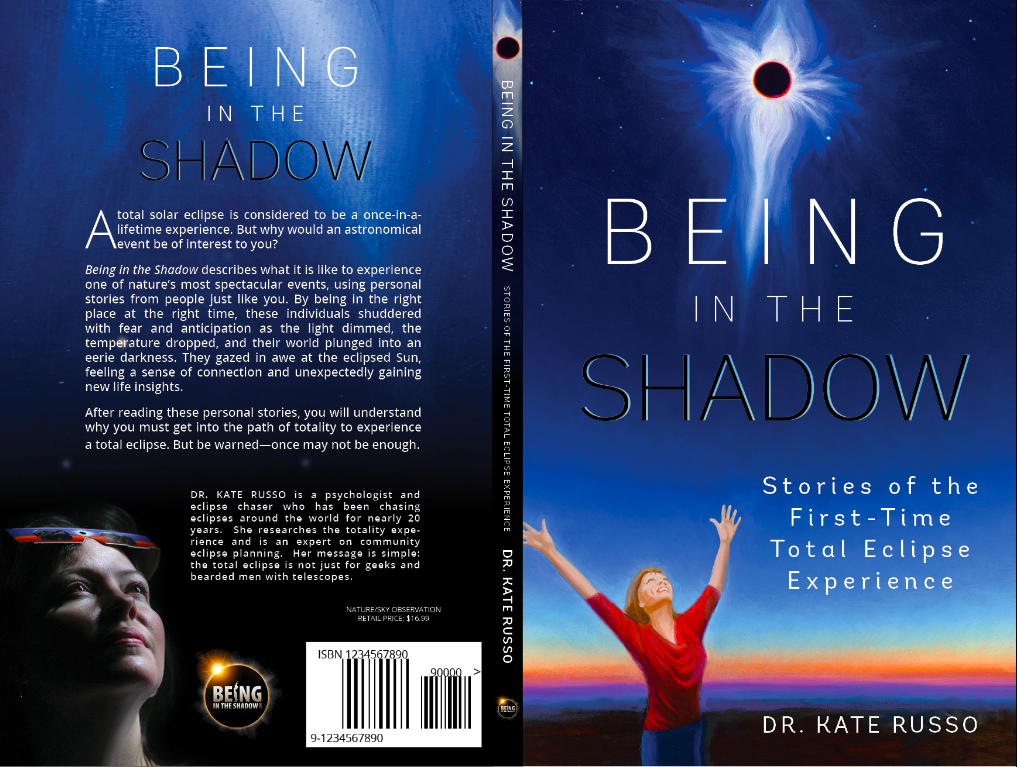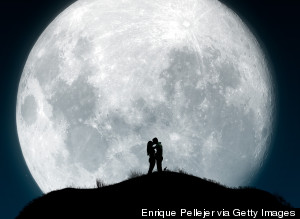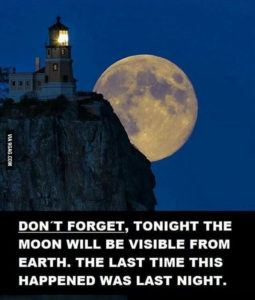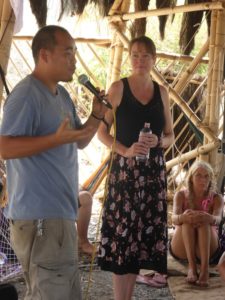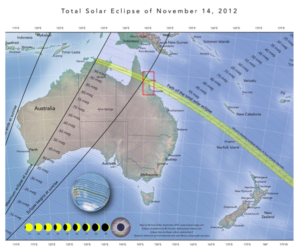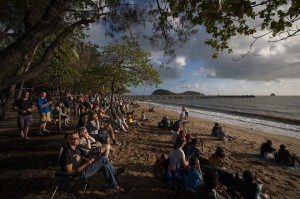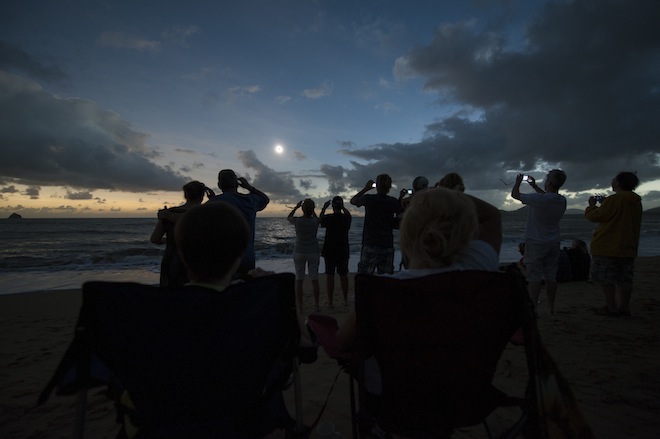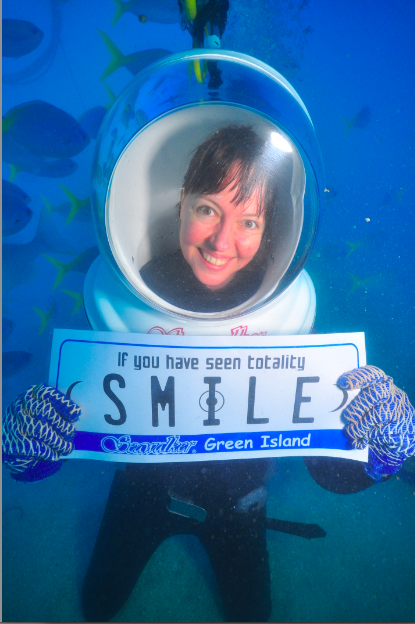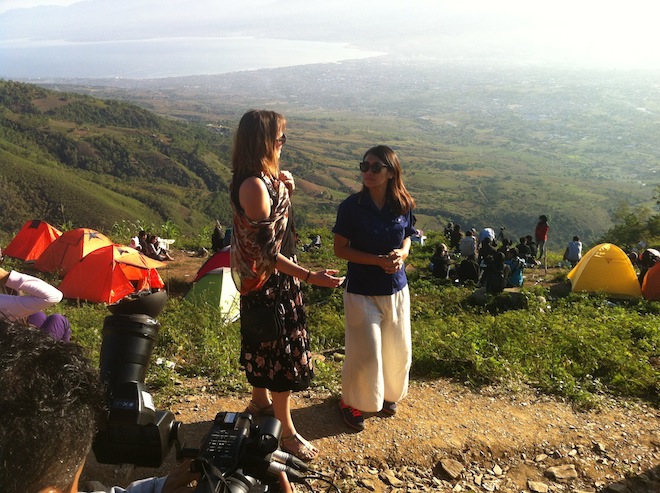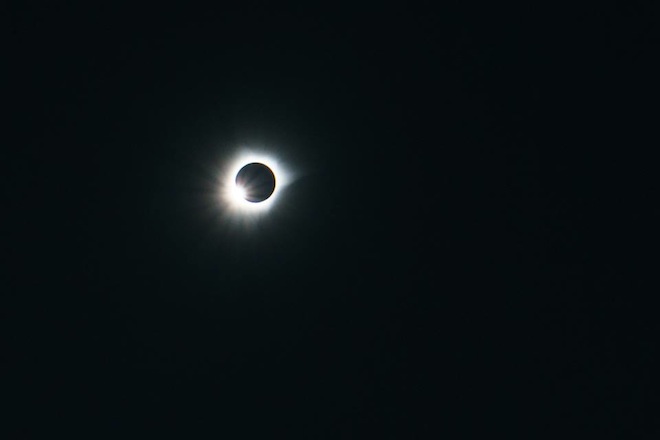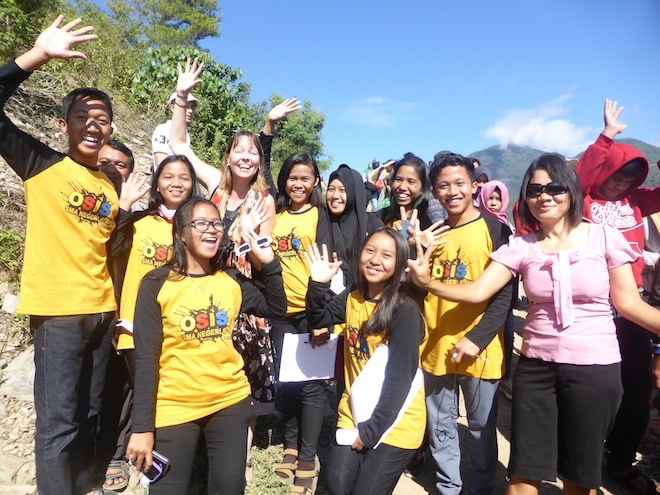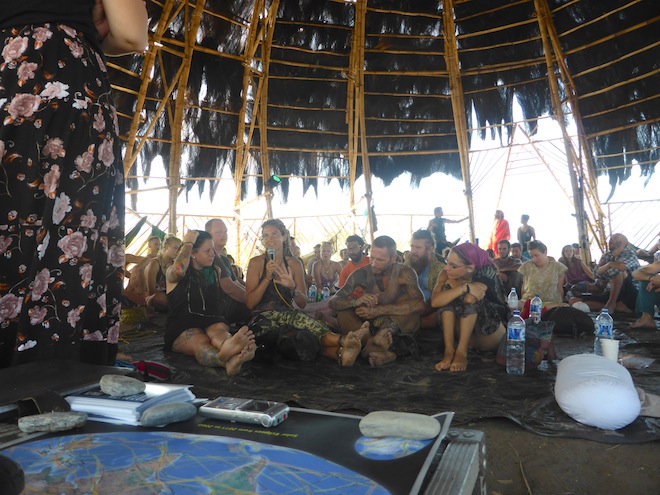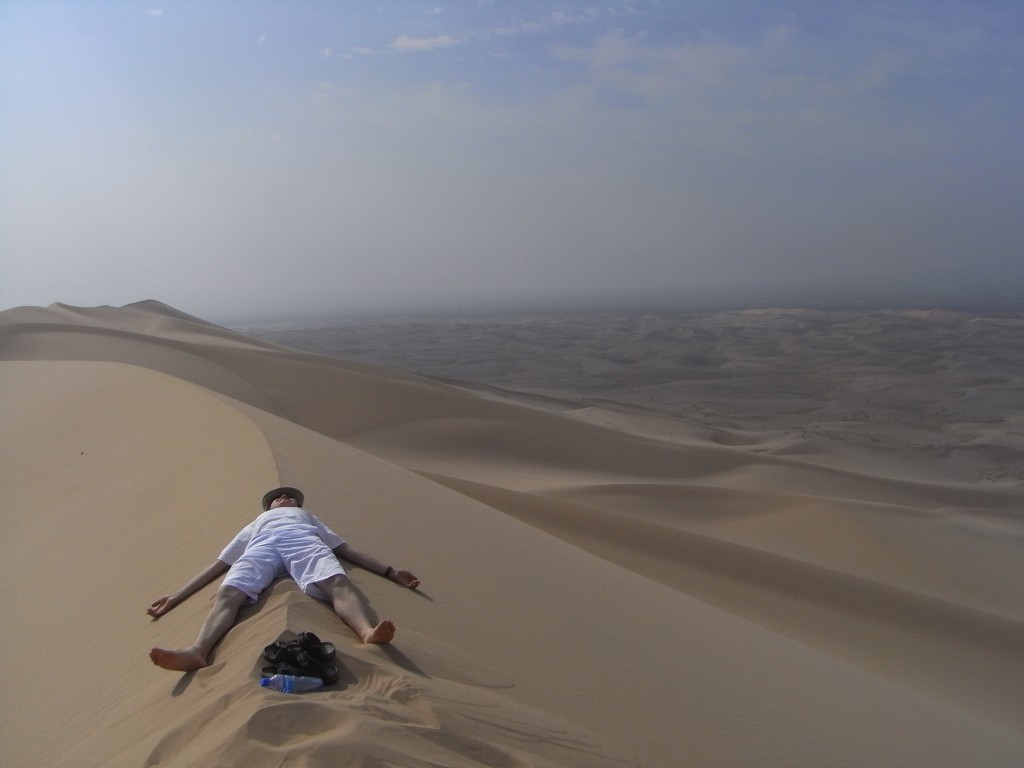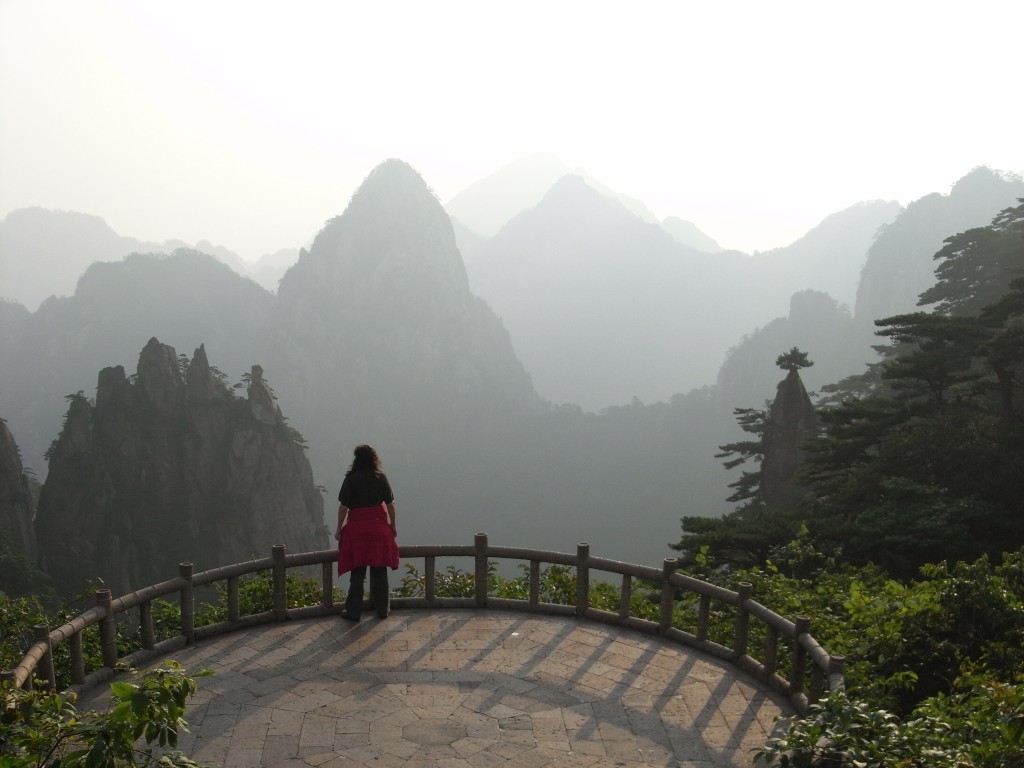
Many years ago, I decided that the ideal place to experience the 2024 total solar eclipse was Mexico, with climate records indicating the best chances of clear skies for that time of year. However, as a member of the American Astronomical Society (AAS) Solar Eclipse Task Force, I was committed to viewing within the U.S. I narrowed my search for viewing to Texas, which gave the next-best chance of clear weather.
As I guide others on community eclipse planning, when folk from the Texas Hill Country River Region in Uvalde County reached out, I became quite embedded with this region, which I believed was one of the premium locations for viewing this eclipse. This region was also in the eclipse crossroads for the 2023 annular eclipse and the 2024 total eclipse, and I went all out supporting this region during the annular eclipse last October with the Solar Eclipse Village weekend celebrations in Garner State Park.
For the 2024 total solar eclipse, despite receiving many invitations to join other areas across the path and having no contractual obligations to view the eclipse from this region, I still chose the Texas Hill Country River region in Uvalde County as my Plan A viewing option. Many of my chaser friends also located themselves nearby so we could share the experience.
THE CHASE BEGINS
Once the two-week forecasts started to indicate some weather challenges, which continued as eclipse day drew closer, many of my eclipse chaser friends and colleagues decided to relocate up to areas along the path that were never even earlier considered. As the days progressed, more and more chasers originally planning to view from Texas changed their plans. The high numbers predicted for the region were reducing rapidly. I chose to remain, opting to make final decisions on short-range forecasts.
My plan A was to view the eclipse around or within Garner State Park. With increasing uncertainty and a disappointing real-life test of the forecasted weather on Saturday (two days before the eclipse), I went to bed that night, deciding to be mobile and actively chase on the day. I made plans with others to scout three possible locations the following day (Sunday), focusing on areas showing potential pockets of dry air and gaps in low cloud. The plan was then to decide on eclipse day based on satellite imaging and the latest forecasts on which direction to head.
BUT the forecasts changed again overnight, showing increased chances of pockets of clearing in my Plan A location. At the Eclipse Briefing at Garner State Park on Sunday, we again shared local weather forecasts, information from several weather apps, and insights from locals, and we also had the expertise of a NASA Atmospheric researcher who gave their views on what to expect. It was after this briefing that I decided to stick with my Plan A decision. I just didn’t feel there were any real benefits of chasing as it still left risk, and it didn’t seem to be worth giving up the many benefits of staying. A very small number wanted to chase, and we shared options on the best places to head to based on current data.
So, I prepared myself and the many people staying at Garner who had no intention of relocating to expect a cloudy eclipse, hoping for gaps in the clouds. We deliberately focused on what we would see AROUND US and how lucky we were to be in a natural environment with so much to observe for the eclipse. I felt at peace with my decision, and others were similarly philosophical about what to expect.
It turned out better than expected.
ECLIPSE DAY – Monday April 8, 2024
As predicted, and as we expected, there were low clouds all morning, with some breaks allowing views through the sun spotters and scopes that the NASA team had set up. Everyone cheered when the clouds parted, which was happening with increased frequency.


A few minutes before totality, the low clouds moved on, and the high clouds again acted as a light filter, allowing naked-eye viewing of the final moments before second contact. We didn’t quite catch Baily’s beads or the diamond ring, but we had numerous glances of totality. Kelby Bridwell, the park superintendent, turned around at the right time and saw the shadow racing across the valley at totality. It really was quite ominous, very other-worldly, and dark with the clouds acting as another way to capture the darkness. The eclipsed sun looked large whenever the clouds parted. I could see the corona close to the eclipsed sun but not a broad view, and I couldn’t quite make out the prominences. I especially loved whenever the clouds parted the crowd cheers from below matched our own from above – it was very unifying across the park. The sunset colors on the horizon, interestingly, weren’t obvious. And another interesting observation – when the low clouds parted during totality, I noted patches of what I thought were blue sky, but it was lighter than I expected, so I’m not sure if that was an optical effect.
We didn’t observe the end of totality directly, but the clouds amplified the sudden return of light, creating an exciting experience.
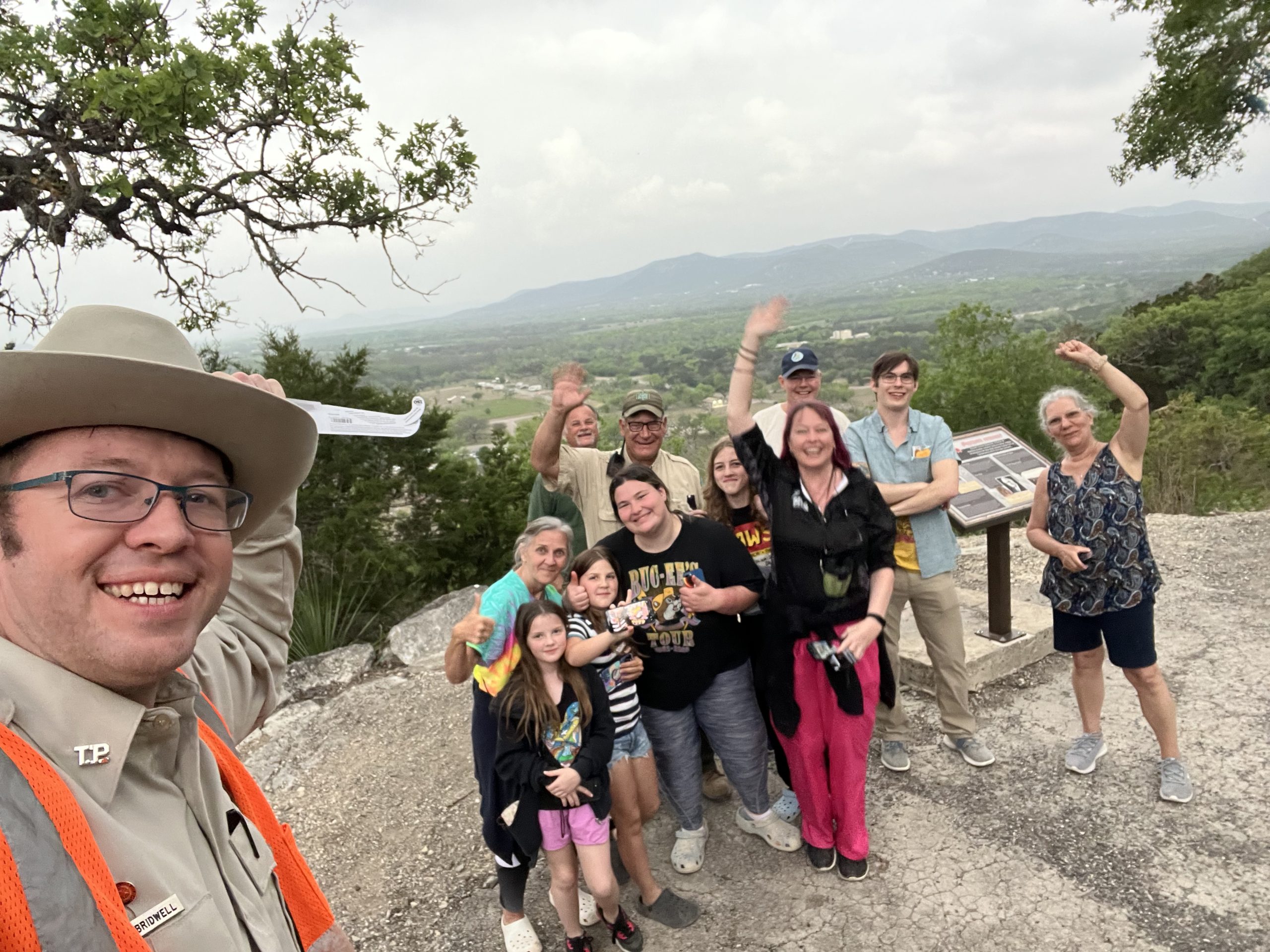
I left a video running to capture our group experience a few minutes before and after totality, capturing the passing darkness. Birds were chirping away and stopped soon after totality—it was noticeably quiet, which we noted at the time. Later, running our video through the Merlin app, we heard Hutton’s Vireo chipping away, the Bewick’s Wren, and amazingly, the endangered and rare golden-cheeked warbler.
Only a small group of us were up at the overlook, and everyone else went down soon after totality ended, but I stayed up top in complete isolation, enjoying the remainder of the eclipse, with occasional glimpses of the partial phases, in the company of the birds that had returned while doing quite a few media interviews.
REFLECTIONS ON A CLOUDY SUCCESS
Overall, it was a great experience that highlighted how a cloudy eclipse can be worthwhile, awe-inspiring, and amazing, especially for those who have never before experienced totality. Eclipse-chasers though, know what is missed, and know that there is so much more to the experience.
When I share that totality happens above you, around you, and within you, I believe that without the ‘above you’, you do not have the full totality impact experience ‘within you’. But the ‘around you’ seems amplified, which can still be quite impactful. The challenge for eclipse chasers is not to focus on the things you CANNOT see but the things you CAN experience.
Overall, an important life lesson is that much is outside of our control. And while we DO have control over our own actions and decisions, we cannot control the outcome. Many did the bolt to find those pockets between the low clouds—most were successful, some were not. Similarly, for those who opted to stay in their chosen location to take their chances, some of us were lucky, others not so.
I’m so glad I stayed and experienced what I did with my Garner friends.
